Your hypothesis is wrong: in general a C++ (or C) program might not even be started from some "console window" (e.g. it might be started in "batch mode"). In particular, some C++ implementations may run on computers (such as Linux servers in data centers, which are the majority of the servers on Internet) without any screen (so without any console window). Most top500 supercomputers don't have screens you could access, but HPC software running on them (e.g. Tripoli-4) is often coded in C++. And embedded computers (e.g. your RaspberryPi) can be programmed in standard C++ (e.g. C++11 or C++14) without any screen or console window (e.g. in 2020 using a recent GCC compiler configured for cross-compilation)
(even on Windows, which I don't know and never used, I am sure that there is some way to start programs -by configuring the computer to start some daemons or servers- before any "console window" exist)
So you should define more precisely what your platform is. In general the answer could be platform and operating system specific. See also OSDEV for examples of open source operating systems: FreeBSD is a famous one, and has a GCC or Clang compiler capable of compiling your C++ application.
I would strongly recommend using a portable graphical framework like Qt (in particular, because it makes your code more portable, if you code carefully). Of course you then requires your user to have it, or your distribute your code with Qt included. Consider also using FLTK or FOX or SFML toolkits.
The C++14 standard (and C++11 and earlier versions) does not know about images or console windows, so (in general, without mentioning any platform or operating system) your question is meaningless.
Study also for inspiration the source code of existing open source programs or libraries coded in C++ (on github or gitlab), such as the fish shell, KDE, GCC, the Clang static analyzer (and they both should be useful to you), RefPerSys, etc etc....



